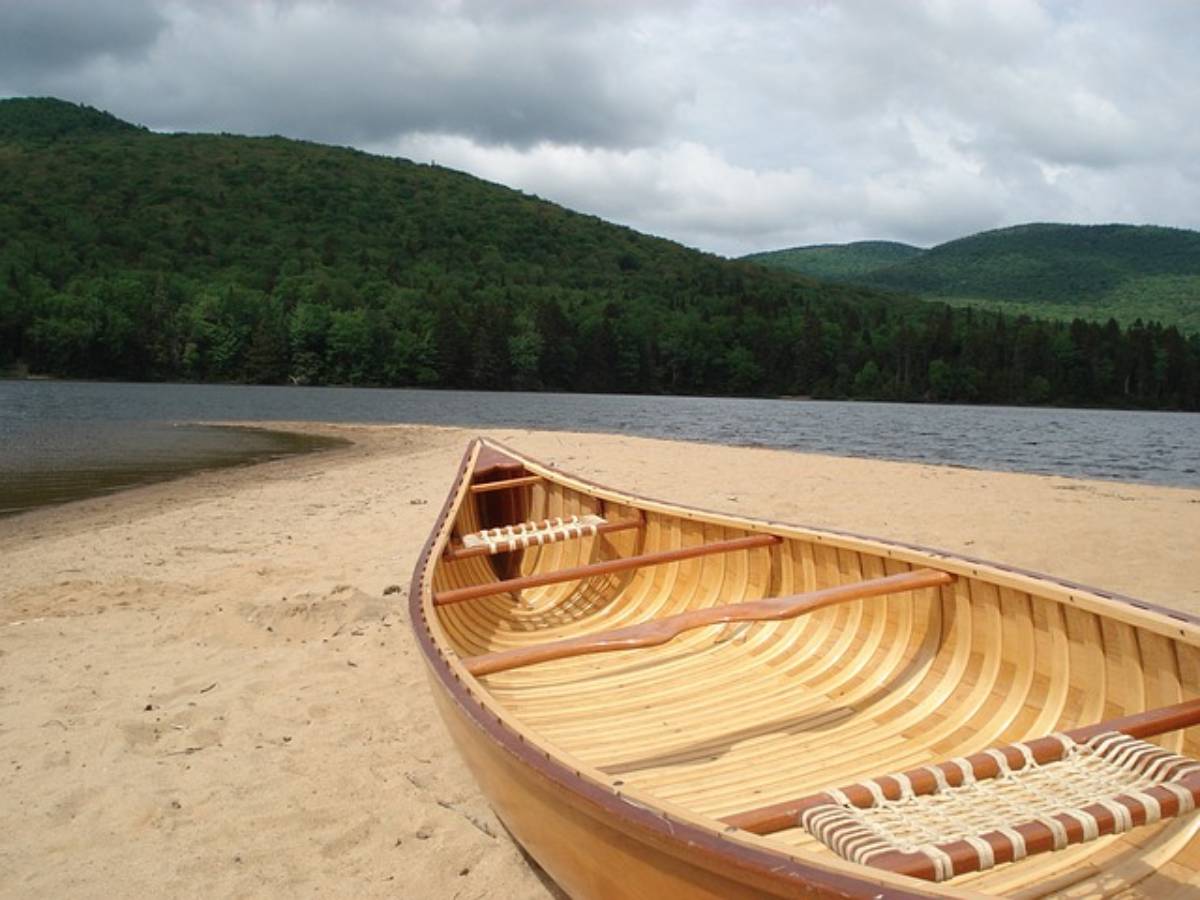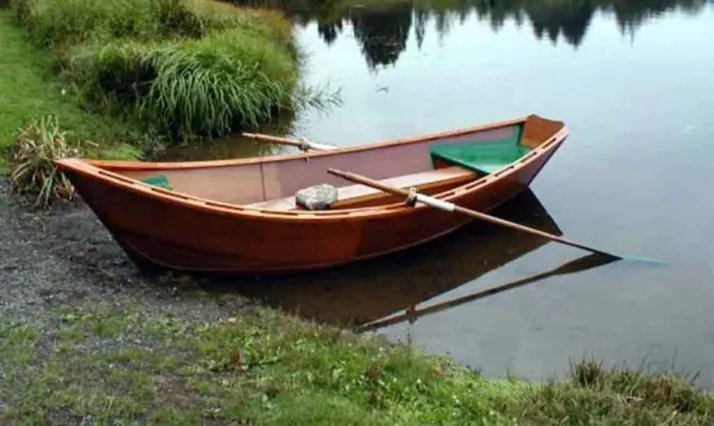A Brook Trout — also called a Speckled Trout or Squaretail — is actually a member of the salmon family which lives around underwater snags or logs in clear, cool streams in the eastern U.S. and Canada.
Although they are a short-lived species, they can grow up to 30 inches long, dining on insects, fish eggs, and small fish.
Using the right artificial lures that imitate these foods will greatly enhance your chances of catching one of these challenging prizes.
Following are some great tips for successful Brook Trout fly fishing.
Brook Trout Fishing Tips & Techniques
First, it’s important to choose the right flies that will attract Brook Trout, based on the current conditions:
• Use dry and bushy flies in low light. They are the best bait to use in the evening, early mornings, or on overcast days.
• Use nymphs at other times. Nymphs are more difficult to use. It takes practice to cast them precisely and let them float with the current to where they need to be. Like flies, nymphs take a light line, small hooks and sinkers. They are perfect for small and medium-sized fish.
• Use streamers to catch the big ones. Put heavier weights on streamer lines, and cast them into deep water where the big fish live.
In addition to selecting the right lures, there are a few Brook Trout fly fishing techniques that you need to learn in order to be successful at the stream:
• Select the right tackle. A long rod is best for fly fishing. Put your float about 6 inches above the hook with a series of small sinkers between the float and hook.
• Cast properly. For fly fishing, cast upstream of the snag and allow the bait to float down to the fish.
• Approach the bank cautiously. Brook Trout can be frightened easily. Walk down stream, then wade back to just below the place where you want to fish.
Like so many other species, overfishing and pollution have greatly reduced the number of Brook Trout in most of their native streams.
A thoughtful fisherman will keep only the fish you intend to eat and release the rest.
Oh, and one final tip: Make sure your hands are wet before you handle a Brook Trout. They have very sensitive skin that can be abraded by dry hands!




